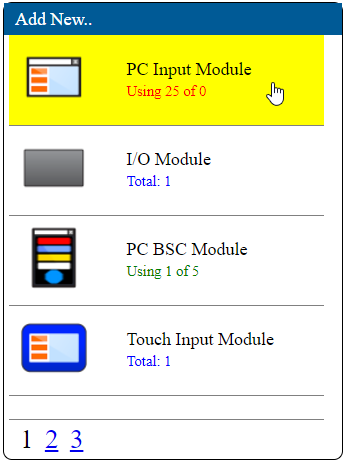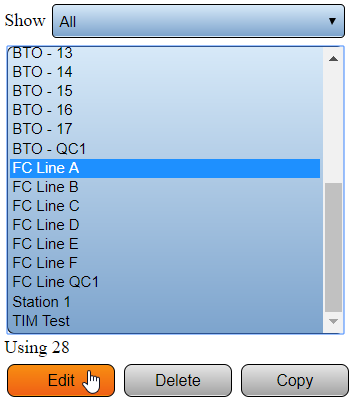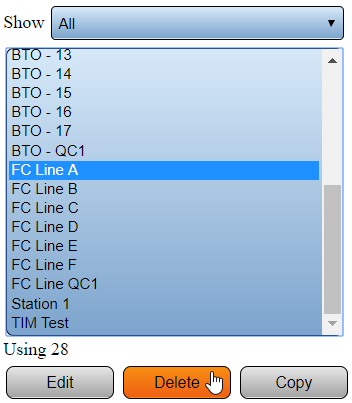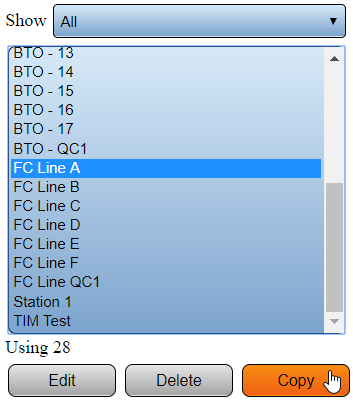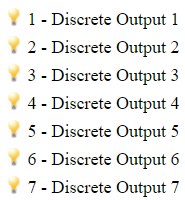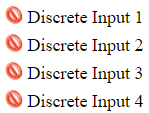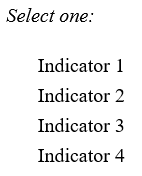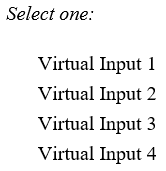VT3000 Devices
Revision as of 13:23, 7 October 2022 by SupportAdmin (talk | contribs)

|

|

|
Overview
|
Device Abilities
| |||||||||||||||||||||||||||||||||||||||||||||||||||||||||||||||||||||||||||||||||||||||||||||||||||||||||||||||||||||||||
Basic Functionality
|
Device Properties
|
Monitoring Point
|
Discrete Outputs
|
Discrete Inputs
|
Indicators
|
Virtual Inputs
|
Communications
|
Actions
|
|
|

|


